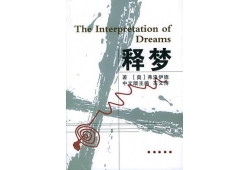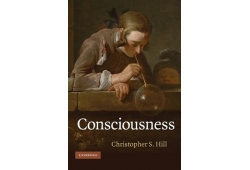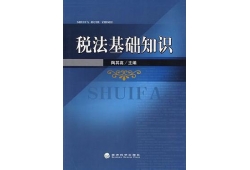您现在的位置是:论文诗词网 > 成语词典 > 图书库 >
心血管系统
2021-08-14 12:54图书库 人已围观

基本介绍
作者: 诺贝尔
出版社: 北京大学医学
出版年: 2011-4
页数: 183
定价: 52.00元
ISBN: 9787565901164
书本简介
《心血管系统(第2版)》,本系列的医学基础课程教材共分七个分册,主要为:骨骼肌肉系统、心血管系统、呼吸系统、消化系统、泌尿系统、神经系统、内分泌系统。
作者简介
目录
1 A DESIGN SPECIFICATION FOR THE CARDIOVASCULAR SYSTEM Oxygen consumption Carriage of oxygen in blood Cyanosis The battle against the hydrogen ion: acid-base balance Cell injury and cell death Overall functional structure of the cardiovascular system Circulation time Structure and function of blood vessels Angiogenesis From cradle to grave--the presentation of heart disease.2 CARDIAC MUSCLE STRUCTURE AND FUNCTION Cardiac muscle Structure of cardiac muscle Contractile mechanism in cardiac muscle Cardiac electrical activity Drugs which act on the heart3 THE HEART AS A PUMP: VALVE FUNCTION AND VALVE DISEASE Functional anatomy of the heart The cardiac cycle Valve pathology History taking for cardiac disease Clinical examination of the cardiovascular system Investigations of heart disease: imaging the heart Sudden cardiac death4 REGULATION OF CARDIAC FUNCTION Introduction Venous return Control of cardiac output Regulation of heart rate Regulation of stroke volume Preload effects on the heart Contractility effects on the heart Afterload effects on the heart Summary5 BLOOD SUPPLY TO THE HEART Anatomy of the arterial supply and venous drainage of the heart Regulation of coronary blood flow Ischaemic heart disease Thrombosis Angina Myocardial infarction Coronary angioplasty and stenting Coronary artery bypass grafting6 HEART FAILURE Systolic vs diastolic failure Haemodynamic events Metabolic events in heart failure Neurohormonal aspects of heart failure Drug therapy for heart failure7 THE ELECTROCARDIOGRAM (ECG) Introduction Producing a -lead ECG The components of the ECG trace Practical use of the ECG The ECG and rhythm disturbances Cardiac structure and the ECG Ischaemia and the ECG Potassium and the ECG Drugs and the ECG8 LARGE BLOOD VESSELS Introduction Haemorheology: the physical characteristics of blood flow Pathology of arteries and veins Atherosclerosis Vasculitis Varicose veins Vascular pathology of diabetes mellitus Aneurysms Non-invasive techniques for the assessment of arteries and veins9 RESISTANCE BLOOD VESSELS Introduction Resistance to blood flow Vascular smooth muscle Local control of vascular smooth muscle Hormonal control of blood vessel diameter Autonomic nervous system and peripheral circulation control Special circulations10 ARTERIAL BLOOD PRESSURE Introduction Arterial baroreceptors Cardiopulmonary reflexes Chemoreceptor reflexes Measurement of arterial blood pressure Pathological consequences of.raised arterial pressure Treatment of hypertension Hydrostatic pressure in the circulation11 CAPILLARY FUNCTION AND THE LYMPHATIC SYSTEM Structure of capillaries Movement of substances across capillary walls Water movement across capillary walls The lymphatic system Oedema12 FETAL CARDIOVASCULAR SYSTEM AND CONGENITAL HEART DISEASE Intoduction How does the transition from fetal to adult circulation occur? The normal ECG in childhood Congenital heart disease Early and late management of congenital heart disease13 EXERCISE AND THE CARDIOVASCULAR SYSTEM Physiological responses to exercise Dynamic (isotonic) exercise Oxygen debt and the recovery from exercise Cardiovascular responses to static exercise Training effects of exercise Cardiovascular health benefits of exercise Clinical uses of exercise testing14 HAEMORRHAGE AND CIRCULATORY SHOCK Introduction Arterial blood pressure changes in response to haemorrhage Short-term responses which help to restore lost blood volume Longer term responses which help to restore lost blood volume and electrolytes Decompensated or irreversible shock following haemorrhage Causes of shock Fluid replacement therapyGlossaryIndex
心血管系统图书介绍 : 直接购买
上一篇:管理层收购








